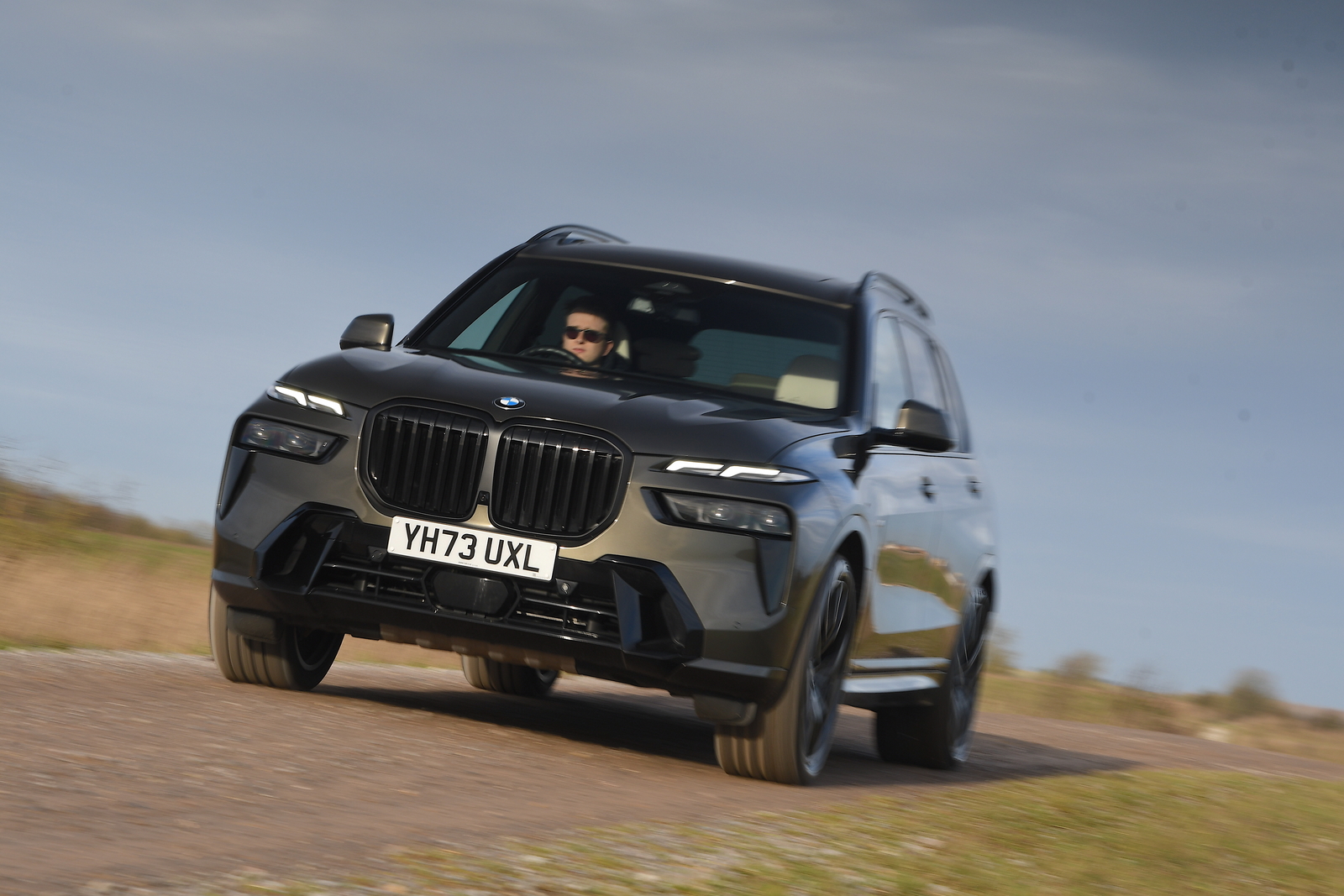It’s a sign of our embattled and topsy-turvy times that sales of the best luxury SUVs are the healthiest they've ever been, despite the ongoing cost of living crisis and ever-pressing climate concerns.
Luxury SUVs are some of the most lavishly appointed machines on the market, melding the cosseting comfort of an executive saloon with refined and mature road manners.
Many of these machines can also squeeze in seven occupants and still have space to spare, and despite what you think about their conspicuous consumption, there’s no doubting their versatility or the depth of engineering on display.
Don't forget that many of these models can head further off the beaten track than you’d ever thought possible – although whether you want to pitch diamond-cut 21in alloys and special-order matt paintwork against mud, rocks and hawthorn hedges is another matter.
And despite their bluff appearance and gas-guzzling reputation, many of our contenders in this list feature plug-in hybrid powertrains that could save a fair chunk in fuel costs and deliver some healthy tax savings for company car drivers.
We’ve picked out 10 of the best for you, but our list is topped by the Range Rover Sport - read on to see why it beats rivals from Porsche, Mercedes, Volvo and more.

Best for: All-round ability
Many brands have tried to muscle in on this increasingly crowded corner of the market, but none has yet managed to depose the king of luxury SUVs: the Range Rover.
In this case, we've picked the Range Rover Sport, which objectively speaking is a fractionally more complete and compelling purchase than its larger and much pricier big brother.
Now in its third generation, the Sport does a fine job of pitching for the title of ‘every car you’ll ever need’. A material richness that befits its luxury billing is expected, as is the imperious off-road ability and loping on-road comfort.
Despite its size, the Range Rover Sport is agile and direct in the corners, living up to its moniker. Then there’s the first-rate cabin richness, refinement and luxury ambience, while Land Rover's latest 13.1in Pivi Pro infotainment touchscreen finally gives the brand the onboard tech to rival the best.
Engine selection is versatile, with a range of six-cylinder petrol and diesels, mild hybrid options and BIK-busting plug-in hybrids that offer up to 76 miles of electric range. Those after a bit more punch will be satisfied with the BMW-sourced 4.4-litre V8 that sits at the top of the range with 523bhp or as a 626bhp SV flagship.
Read our Range Rover Sport review




















Join the debate
Add your comment
I do like the Range Rovers. The cars have the best looking interiors, are best offroad and look good, though reliabilty still needs to improve.
I'll take a reliability hit to bypass all the boring Japanese cars in this class and some mingers like the Audi Q7. For me the only rival to Land Rover is Porsche and in fairness to both brands they both offer something different to one another that appeals.
Autocar and other magazines should show reliabity of older models when reviewing older models, but also other factors such as Depreciation (go to the bottom of the class BMW) and customer satisfaction. For me Depreciation is more of an issue in buying a car than reliability, so no more new BMW's from now on.
YOU MISSED MASERATI
Come on!
What a joke. You're taking BMW, Audi, Range Rover but you forgot the Maserati Levante Trofeo. It's got so much hp, almost 580 hp and does 0-60 in just 4.9 secs!
JLR steals the show
Absolute quality cars JLR is producing now days.I cannot wait for the new jaguar XJ myself, but the land rover defender is an a master piece.This is by far the most exciting brand going into 2020.